Identifying Top 5 Common Garden Weeds in the UK
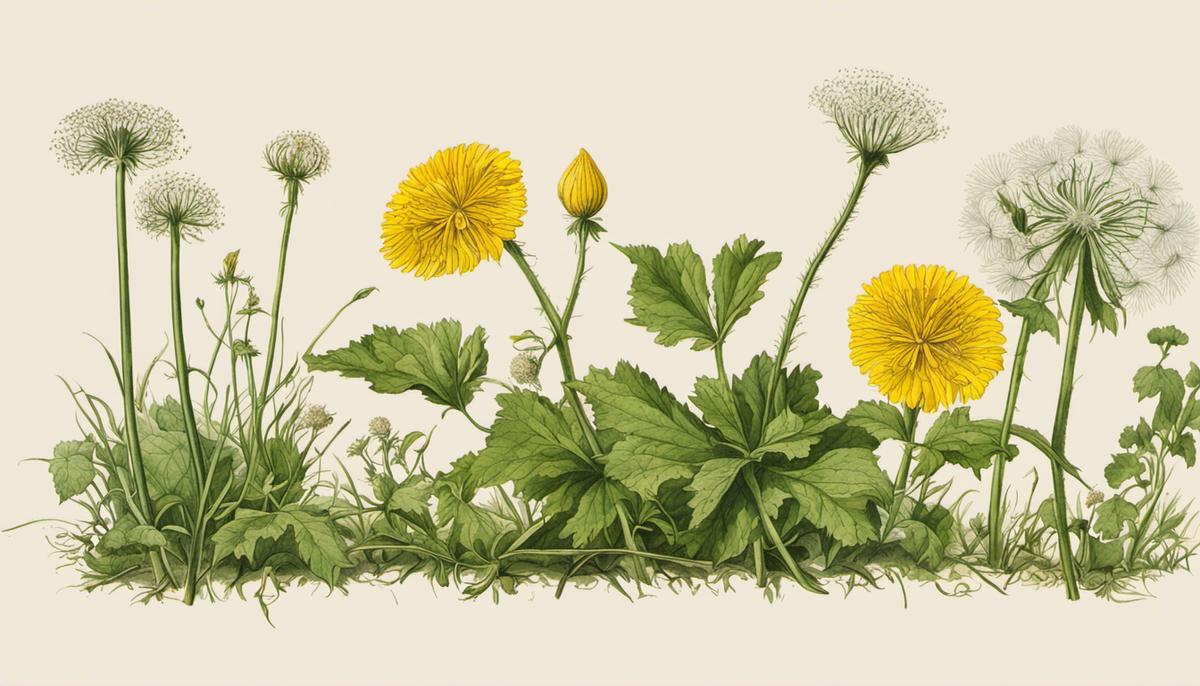
A garden, while a place of beauty and serenity, can often become a battlefield against nature’s resilient interlopers – weeds. These unwanted plants have a knack for invading our outdoor spaces, casting a shadow over our carefully cultivated flora. In our quest to reclaim our gardens, it’s crucial to understand the most common foes that lurk within the borders of UK gardens. Whether it’s the prolific dandelion, the nettlesome Nettle, the invasive Creeping Buttercup, or the climbing Bindweed, each weed presents unique challenges. Through this exploration, gardeners will gain a deeper understanding of these plants, from their identifying features to their propagation methods, in addition to learning valuable tactics for their effective management.
Introduction to Common Garden Weeds
Oh, the joys of gardening in the UK! With our rainy days and beautiful countryside, we’ve got the perfect landscape for all sorts of plant life – including, alas, those pesky weeds! While they might seem like an unwelcome nuisance, understanding these invaders can make a world of difference in maintaining a stunning, flourishing garden. So, let’s dive into the most common garden weeds one might encounter here in the UK.
- Dandelion (Taraxacum)
- Bindweed (Convolvulus)
- Couch Grass (Elymus repens)
- Ground Elder (Aegopodium podagraria)
- Japanese Knotweed (Fallopia japonica)
- Chickweed (Stellaria media)
- Dock (Rumex)
Quite recognizable, these yellow flowers turn into a globe of fluffy seeds which scatter on the wind, taking root easily in any bare patches of earth. Their deep tap roots make them particularly tenacious, and just a fragment left in the soil can produce an entirely new plant!
This rapidly spreading weed wraps itself around garden plants, literally strangling them. With an intricate root system, even small pieces left in the soil can regenerate the plant, making them quite a challenge to keep at bay.
One of the most invasive weeds, couch grass has long root systems that can spread to large areas if left unchecked. It’s highly adaptable even in poor soils and can bully out other plants by depriving them of space and nutrients.
An infamous garden weed, ground elder is capable of growing in a variety of conditions and its sprawling nature can quickly overtake a desired garden landscape. Offering small white flowers, these weeds can be quite deceptive with their attractive looks.
Don’t be fooled by the attractive heart-shaped leaves; Japanese Knotweed is a nightmare for gardeners. Its ability to grow through concrete is testament to its aggressive nature; this weed can cause significant structural damage and is notoriously difficult to remove.
At first glance, chickweed may appear welcoming with its tiny white flowers, but its mat-like growth can smother other plants and take up light and nutrients. This plant is quite hardy – surviving in various conditions and spreading rapidly.
Known for their broad, spoon-shaped leaves, docks are deep-rooted perennials that make their home in cultivated, nutrient-rich soil. Seeds from these weeds can survive for years – so regular removal is a must!
Fellow gardeners, remember! These weeds are persistent. However, keeping an eye out for the first signs of invasion and dealing with them promptly can make your efforts in controlling them more successful. So pull on your wellies, grab your tools and embrace the delightful challenge that is gardening in the UK. Happy weedin’ and gardenin’, folks!
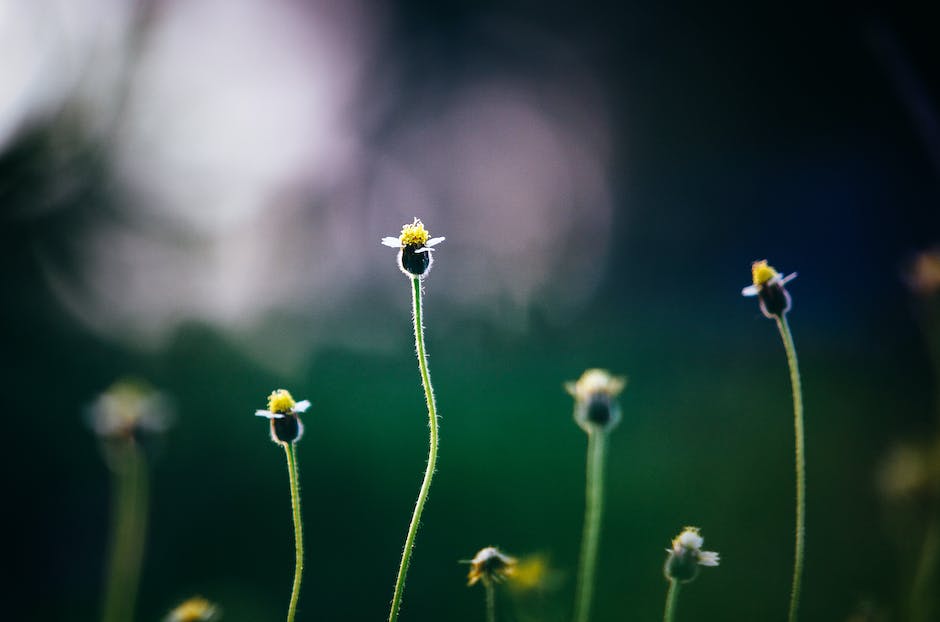
Dandelion (Taraxacum)
Diving right into the world of our infamous weed, the Dandelion, its distinctive characteristics are both a blessing and a curse for garden enthusiasts. Known scientifically as Taraxacum, this unique plant has made a name for itself across the globe due to its hardy nature. Adapting to virtually any environment, the Dandelion can establish itself in your garden, whether it’s the meticulous English green or the untamed wilderness of the American outback.
A simple rule of thumb to identify these intrusive guests in your garden revolves around its vivid yellow flowers and distinctive clock-like seedheads. Their leaves are deeply jagged, earning them their French moniker; “dent de lion” (lion’s teeth). But it’s the taproots that spell trouble for gardeners. These roots delve deep into the soil, sometimes reaching up to 10 inches, making it a challenge to fully uproot.
Notorious for their resilience, Dandelions are the proverbial weeds that remain unfazed even by the harshest weather. They’re perennial, meaning they come back year after year, regardless of the condition they left the last season. In fact, they’ll bloom early in spring and continue to grow flowers right into autumn, making them a persistent presence.
Another defining characteristic of Dandelions is their sheer reproductive prowess. A single plant can generate up to 2,000 seeds. Moreover, the seeds can travel up to five miles, ushering in an invasion on any garden within that radius.
On a brighter note, Dandelions aren’t all gloom and doom. They’re known for their medicinal properties and nutritional value. The leaves are high in vitamins A, C, and K, not forgetting the fact that they can be a source of minerals like iron, calcium, and potassium.
Now, on to tackling these sturdy pests. Since Dandelions are good at dispersing seeds, the best approach is to strike early before they start producing the characteristic puffballs. Regular inspection of your garden is key – identify any Dandelions early and carefully uproot them, striving to get as much of the root as possible. Prevention is always better, but when coping with an invasion, a robust strategy is required.
Dandelion-specific herbicides can also be employed. However, remember to use these judiciously to protect the rest of the flora in your garden, as these chemicals don’t particularly discriminate between the targeted weed and your roses.
Lasty, introduce a strong line of defense with your garden design. Strong, healthy turf and thick ground cover can make it hard for Dandelions to establish roots and compete for resources.
In conclusion, Dandelions are formidably hardy and endorse a strong propagation strategy that can spell trouble for your precious green spaces. However, knowledge is power, and being familiar with their distinct characteristics can arm you with the information needed to tackle these intruders effectively and maintain a garden that’s a joy to behold. May your gardening journey be filled with curiosity, enjoy the ebb and flow with these golden invaders!

Nettle (Urtica dioica)
Stepping into the spotlight now is yet another familiar face from the weed family that you might have encountered in your gardening endeavor — the Nettle, or Urtica dioica. This prickly invader can push avid gardeners to the edge, but with a little bit of knowledge and understanding, it can be managed successfully.
The Nettle embraces a rather devilish strategy, propagating both by seeds and rhizomatous roots. This dual mode of reproduction settles the Nettle as a stubborn squatter in gardens. Its tiny seeds can be carried by wind, water, humans, and animals, serving the Nettle’s ambition of ruling your garden. Note the resilience of the seeds too, as they can lie dormant in the soil for several years before germinating. The underground network of creeping rhizomes, known for rapid growth, further supports Nettle’s invasion plan by sprouting new plants.
Now, how can we identify this unwanted guest? The Nettle, reaching heights up to four feet, is equipped with heart-shaped, serrated leaves and tiny greenish or brownish flowers. What makes this plant a real stand out, though, is the stinging hairs that cover its stems and leaves, which inject a blend of chemicals causing a painful sting when touched.
Having understood the Nettle’s daunting characteristics, let’s explore how this invader can be managed. Mechanical control methods such as hand-pulling or hoeing are often effective, but require continuous, consistent action. It’s crucial to wear gloves due to the stinging hairs. Remember to remove as much of the rhizome as possible because even a small chunk of root left behind can regrow into a new plant.
Herbicides can also be used, though they might require multiple applications and often affect other plants in the vicinity. Opt for a selective broadleaf herbicide if you want to preserve your grass. Additionally, biocontrol methods such as introducing Nettle’s natural predators like the Nettle Aphid or Nettle Ground Beetle into your garden can be considered.
Nettle’s leaves are also known for their high nutritional value, containing an abundance of iron, calcium, vitamins A and C. They can be picked while young and cooked in a variety of ways, including soups, teas or stews. Undoubtedly, when life gives you nettles, make nettle soup!
In essence, understanding the invasive nature of Nettles and their characteristics is the key to wage an effective war against them. Armed with this knowledge and consistent action, turning your garden into a weed-free haven isn’t just a dream, it’s a goal within reach.
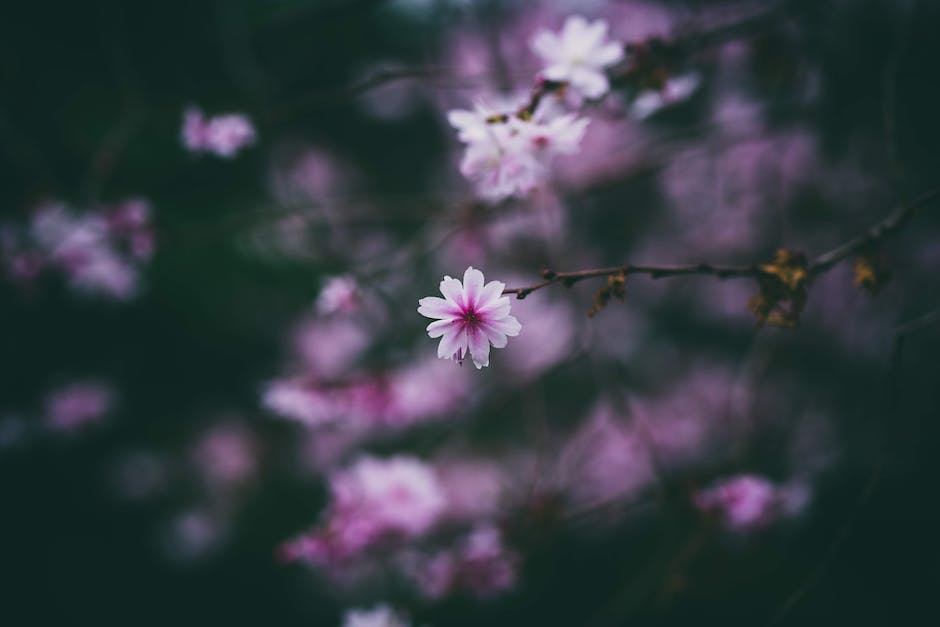
Creeping Buttercup (Ranunculus repens)
Shifting focus to the tenacious Creeping Buttercup (Ranunculus repens), this garden invader can establish itself with impressive vigour, causing headaches for gardeners all over. Its bright yellow flowers and glossy leaves might seem charming at first glance, but don’t be deceived–this weed can rapidly take over gardens if left unchecked.
Sporting a robust and sprawly growth habit, the Creeping Buttercup propagates both through seeds and spreading rhizomes, making it a formidable weed. The nodes of its long sprawling stems can establish roots and give rise to new plants, aiding in the acceleration of its reproduction.
Tricky to identify in its early growth stages, the Creeping Buttercup becomes more obvious as it matures, with its distinctive three-lobed leaves, yellow flowers, and vigorous creeping growth. Keeping a watchful eye in your garden and spotting them timely is the first step to winning the battle.
Now, tackling the Creeping Buttercup is a task. Given their hardy nature and rapid propagation methods, mechanical removal might not always suffice as tiny pieces of rhizomes left behind can lead to reinfestation. A more systematic approach involves improving soil conditions and reducing soil compaction. As Creeping Buttercup favors poorly drained, compacted soils, aerating the soil and improving its drainage can create a less desirable environment for this weed.
In addition to the cultivation of a robust lawn or other dense plantings can help prevent Creeping Buttercup invasions by limiting available spaces for its establishment. Note, however, that continuous maintenance and vigilance are necessary, given this weed’s knack for showing up when least expected.
When other methods fail, it might be time to bring out the big guns – weed-killing herbicides. Take extreme care if resorting to this method though, ensuring that non-target plants are duly protected.
Employing biological controls is another viable strategy. Inviting insects, like the tiny black weevil, that have a known appetite for Creeping Buttercup can reduce its population.
Finally, remember to stay vigilant, keeping a keen eye out for the first signs of Creeping Buttercup infestation. A swift response is crucial to prevent this weed from taking over and maintain the balance and aesthetic of your beloved garden oasis.
Armed with this knowledge, may you always stay a step ahead of the Creeping Buttercup!
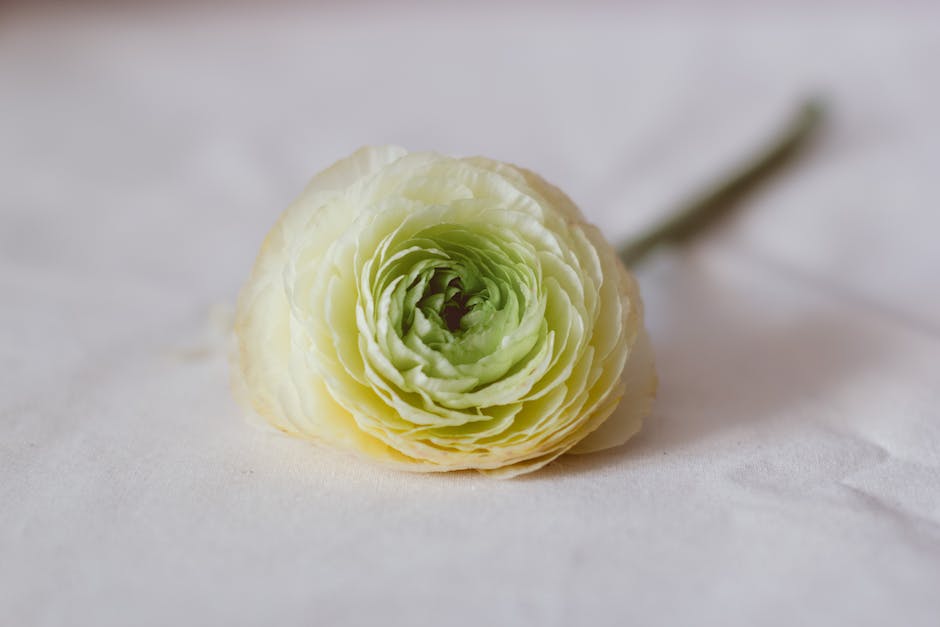
Bindweed (Calystegia sepium)
Delving Deeper: Bindweed (Convolvulus)
Bindweed, one of the most common garden offenders, deserves special attention. This hardy perennial is known for its rapid growth cycles, making it one of the most daunting. The Latin name, Convolvulus, comes from convolvere which describes this plant’s twining growth and also inspired its common names: lady’s nightcap and devil’s guts!
Species of bindweed exhibit vine-like growth patterns, spiraling around supporting structures, be it fencing or the stems of other plants. Known for its open-faced trumpet-style flowers most often seen in soft white or pale pink, it paints a misleadingly charming first impression.
However, these seemingly beautiful blooms are persistent and fearless invaders. They invade the soil deeply with their robust root systems expanding horizontally underground, challenging gardeners with every turn. Their expansive roots can extend up to 5m below the surface, making them tough adversaries for plant lovers.
Turning a Blind Eye to Bindweed is Not an Option
Ignoring bindweed is a strategy destined to fail. A single square foot of garden can hide up to 300 bindweed segments, each one with the potential to erupt into a new plant. This persistent growth is due to its impressive reproduction style – bindweed is capable of snap regeneration from the tiniest root fragments left behind in the soil after weeding attempts and can regenerate from roots left dormant for years.
This plant’s resilience combined with its ability to monopolize nutrients and moisture effectively stifles more desirable plants. So, what are the options for controlling this botanical behemoth?
Fighting Back: Approaches to Control Bindweed
Start the control regimen with a thorough examination of your garden, hunting out patches of bindweed and marking them for attention. Keep an eye out for their heart-shaped leaves and creeping growth. Once spotted, regular clipping of the climbing stems will slow the bindweed’s growth, reducing their ability to photosynthesize and weakening them over time.
Soil solarization, an eco-friendly method, can be particularly effective for larger infestations. Covering affected soil areas with clear plastic, left in the hot sun, allows the build-up of heat in the soil, effectively killing off the bindweed roots.
Another technique is the smother method, where you cover the ground with layers of cardboard or landscape fabric, preventing the bindweed from getting sunlight and starving the plant. This requires patience and diligence but yields good results in the long run.
For persistent and large scale infestations, a glyphosate-based weed killer might be required. Being systemic, the herbicide is absorbed through the leaves and transported back to the roots, killing the weed from the inside out.
Control is not a single service operation; it requires a planned and persistent approach. Whichever method is employed to control bindweed, remember the key is persistence. Do not be disheartened if the bindweed returns; this is par for the course.
Gardening provides many opportunities to observe the relentless ways of nature and the bindweed is a perfect example of such undeterred growth. While they can be daunting, they are undoubtedly conquerable. Remember, the best defense is a good offense, so the more knowledgeable gardeners are about weeds like bindweed, the better equipped they will be to keep them in check. Beyond the weeds, the joy of gardening awaits.
Through steadfastness and determination, the rewarding hobby of gardening will illuminate the innate beauty of nature, one plant at a time.
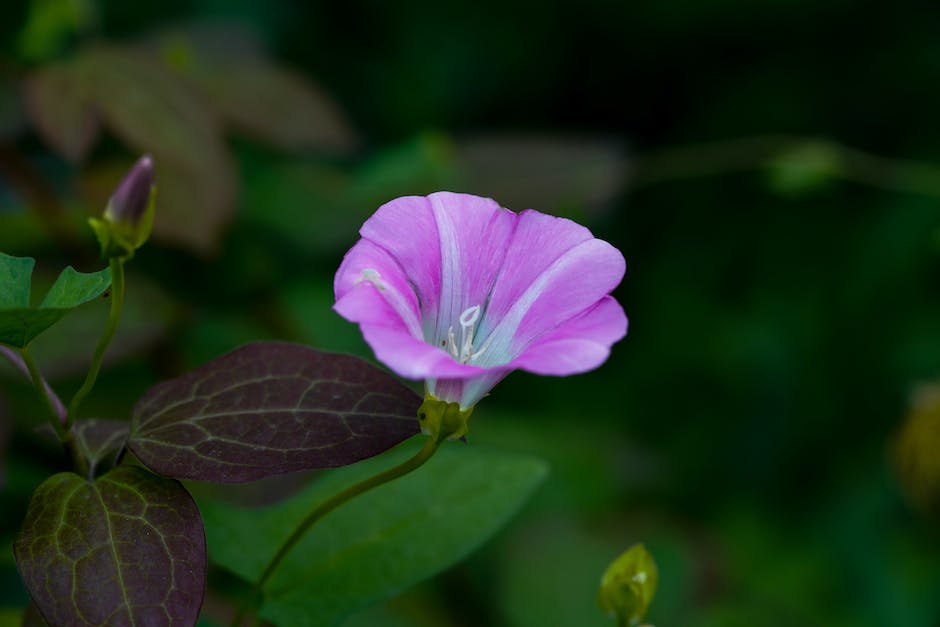
Armed with knowledge and strategy, any gardening enthusiast can wage a successful war against these common invaders. Remember the unique traits and growth patterns of each weed: the ubiquity of the dandelion, the stinging insistence of the Nettle, the expansive spread of the Creeping Buttercup, and the Bindweed’s climb for sunlight. Each weed requires a distinctly tailored defensive approach, from natural deterrents, aggressive eradication to careful manoeuvring. With the shared insights and suggested tactics, you are now well-prepared to safeguard your garden’s health and keep your sanctuary free from these ceaseless trespassers, ensuring that your garden remains a haven for you and your chosen plants.



